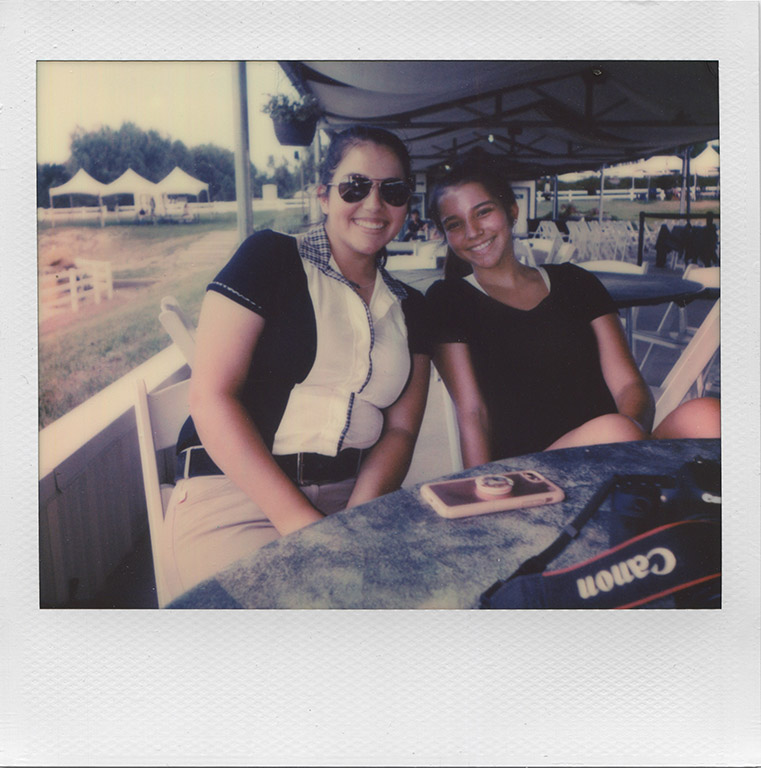Rifling through some camera gear last weekend I found a Polaroid ProCam that felt like it still had a film cartridge in it. Powering it up revealed there were three frames remaining on a pack of film which I had no idea how long it’d in there. Monica and I were heading up Parker that morning to watch my niece Julia compete at the Colorado Horse Park, so I tossed it in my camera bag before we left.

An aside: The ProCam is/was part of Polaroid’s Spectra line of cameras. Closed, the camera has a boxy, rugged look. As it opens in a sideways fashion, its rear viewfinder unfolds while the camera’s front elements open up to a 45-degree angle, giving the appearance as though something just isn’t right, like a left-handed third baseman. The camera’s got a wider angle of view than the standard issue Spectra. And if memory serves me correctly, it was marketed for commercial documentation and engineered to use the 12-exposure packs of Polaroid 990 film. It’s kind of a funky camera, but not as funky as its cousin, the Macro5.
I snapped this photo of Julia and her sister Anna having no idea about how it might turn out. Impossible Project film was already predisposed to being temperamental. After spending months idle in ancient camera, it was anybody’s guess as to what the picture’s end result would be.
I was pleasantly surprised when the photo finally developed. There were my nieces and their dazzling smiles in full edge-to-edge Polaroid glory. An “instant keeper,” as it were.
Anna snapped a photo of the photo with her phone and posted it on Instagram. I said I was going to do the same when I got home. “I’m up to 123 likes so far,” she texted me the next day accompanied by a gif of Beyoncé going all Sasha Fierce.
“I’ll bet I get at least 17 likes,” I wrote back, defiantly.
“Hopefully,” Anna responded, sounding anything but hopeful.
My Instagram post ended up with 15 likes. Which goes a long way explaining why it is I shoot Polaroids.
